
Seen from the corner of O’Hara Street and University Place.

Ingham & Boyd designed a large number of school buildings in the city and suburbs, and they always gave the clients exactly the respectable school buildings they wanted. They were never embarrassingly out of date, nor were they embarrassingly modernistic. They were ornamented to exactly the right degree to say, “This is a building we spent money on.” The Ingham & Boyd brand of rectangular classicism is on full display in this building in Oakland, which is now the Pittsburgh Science & Technology Academy.


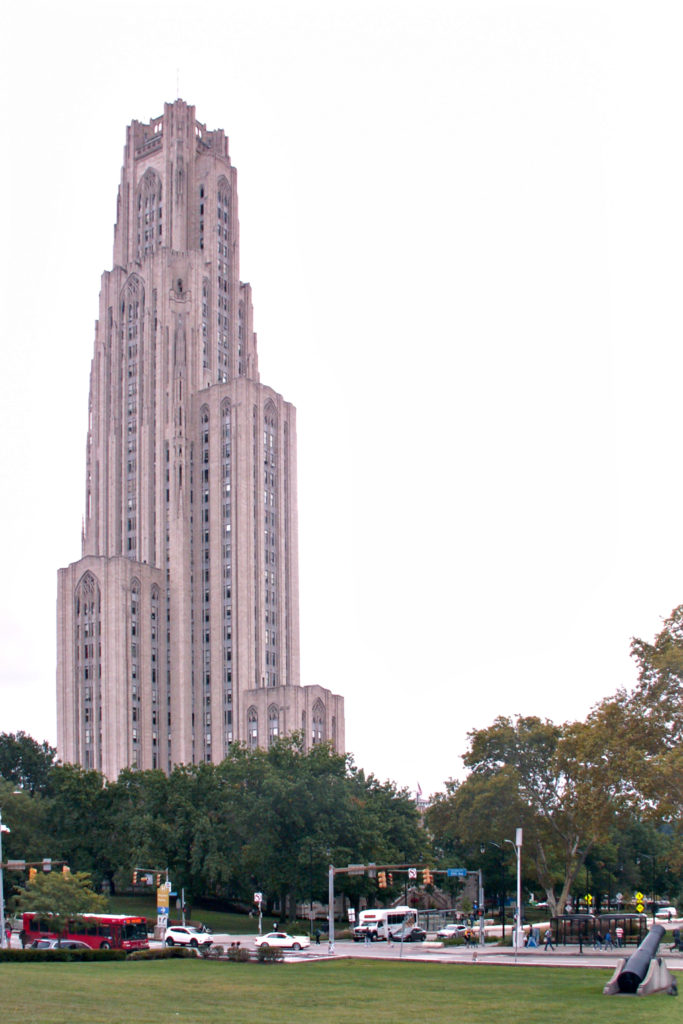
Above, from the grounds of Soldiers and Sailors Hall; below, from the steps of Bellefield Presbyterian Church.


Originally the First United Presbyterian Church, this congregation merged with the Bellefield Presbyterian Church down the street, which sold its building (of which only the tower remains) and moved here, with the compensation that this church was renamed Bellefield Presbyterian. The building, designed by William Boyd and built in 1896, is festooned with a riot of carved Romanesque ornaments.
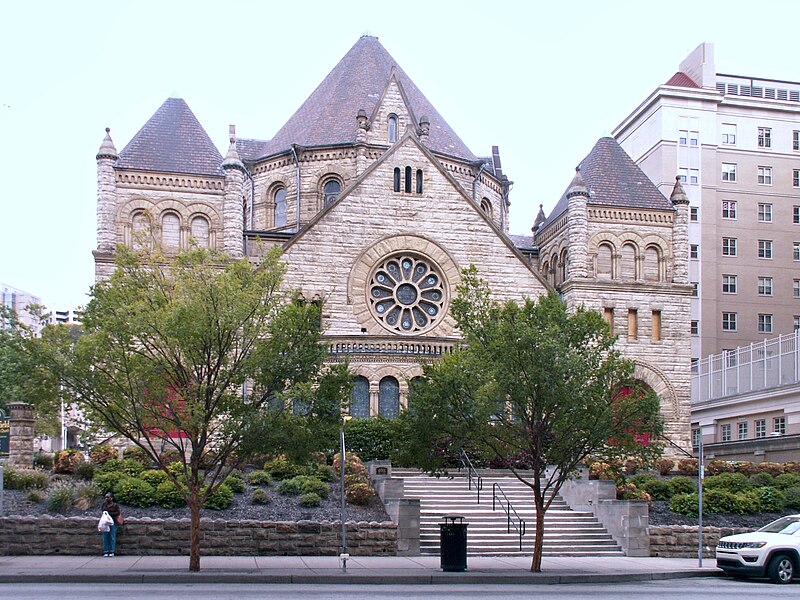
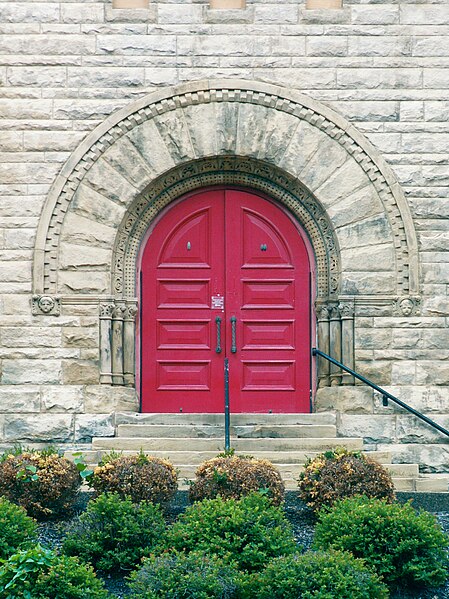

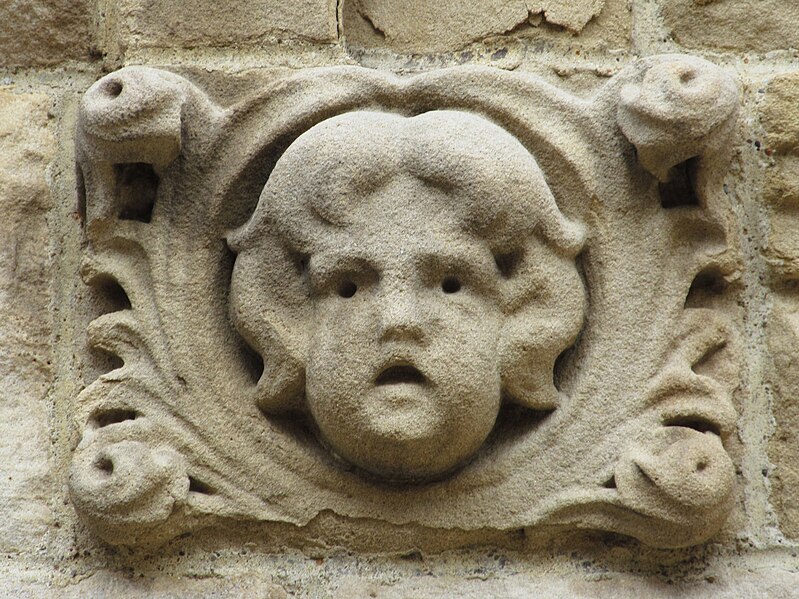
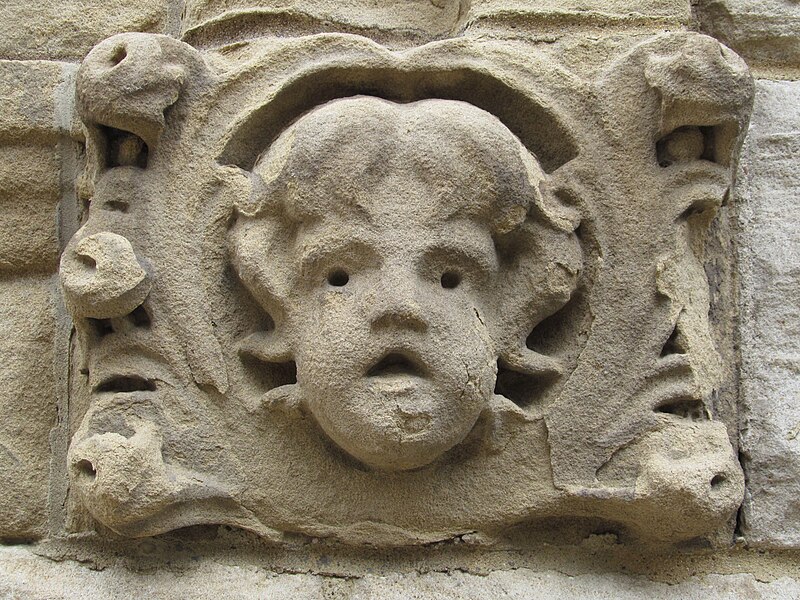


Each one of these cherubs has a different face and different ornamental carving surrounding it.
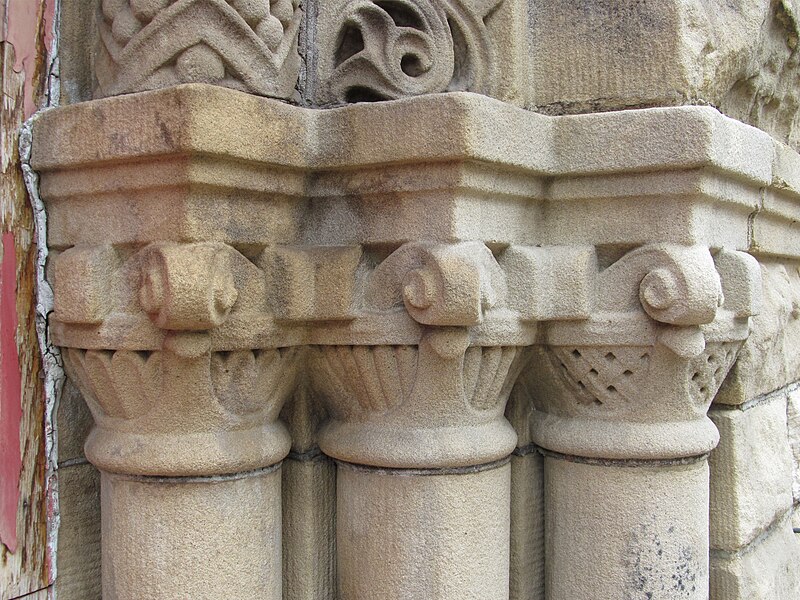

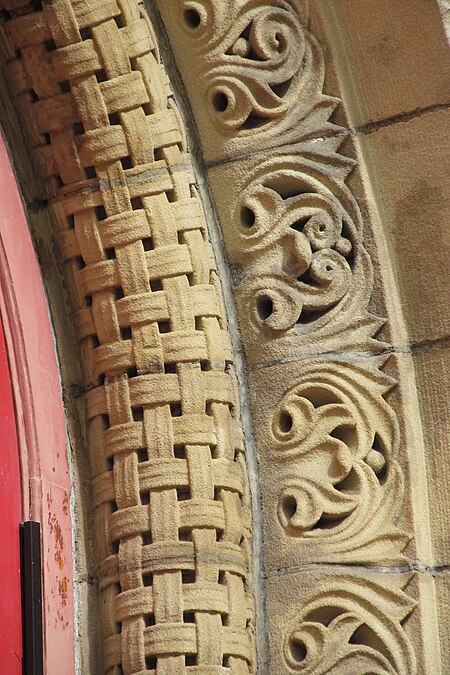

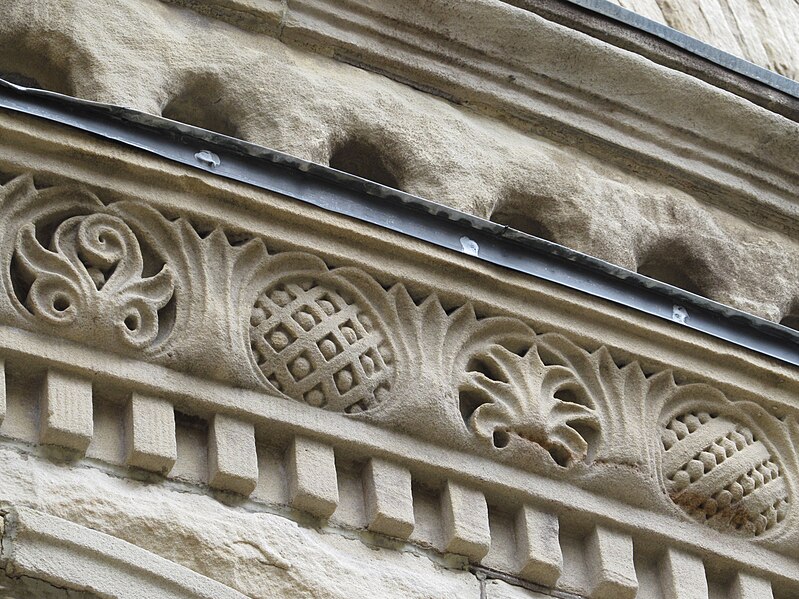


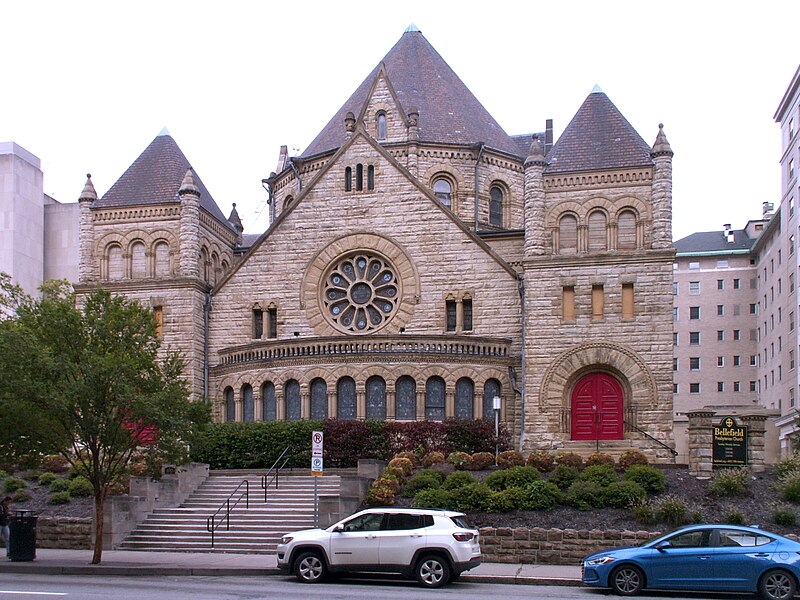

Now Thackeray Hall of the University of Pittsburgh. The architect was Abram Garfield, son of our martyred president. This section on University Place is the older part of the building; a larger addition was built on Thackeray Avenue in 1925.

Mr. Garfield would not have approved of those asymmetrical doors on his rigorously symmetrical Renaissance palace. Is Pitt really so strapped for cash that these are the best the university can do?


Here we see how the older building connects to the carefully matched 1925 addition (on the left), with a new entrance at the seam between the buildings.

David J. Vater was the architect of this building that went up just a few years ago in a shockingly neo-Gothic style. (Mr. Vater was also responsible for the Galliot Center for Newman Studies around the corner.)
This is a building that makes old Pa Pitt happy and sad at the same time. It makes him happy because someone in our present age was able to make an interesting and traditionally Gothic building out of modern stock materials. It makes him sad because so many of those materials look cheap.
It cannot be helped: this was a high-budget building by today’s standards, but today’s standards are so low that our high-budget buildings are bound to look cheap. Here is a point of comparison: when the City-County Building was built (1915–1917), Tiffany Studios got the contract for ornamental bronze in the building for $86,000. At that time, $4,000 would build a substantial two-and-a-half-storey house with five or six bedrooms for an upper-middle-class family with one or two servants. More than twenty upper-middle-class houses’ worth of ornamental bronze went into the City-County Building. We cannot have ageless buildings today because we refuse to spend the money for them.

The doors may be stock models from a catalogue, but the carved stone with Newman’s motto Cor ad cor (“Heart to heart”) is original.


Note the ornamental brickwork on that broad blank wall. Now note the broad blank wall and consider how completely our modern buildings—even Gothic ones—have come to depend on artificial lighting. There was a time when architects referred to windows as “lights” and considered how to place them so that the interior could be usefully illuminated.

Built in 2017 from a design by Raintree Architecture, the Oaklander is a good example of what old Pa Pitt calls the neoneoclassical school of architecture. It fits well with its classical neighbors, but it is free from the ornamentation that makes them such an embarrassment to modern architectural tastes. Also, it is much cheaper. Father Pitt is not a great lover of the neoneoclassical school, nor does he dislike it strongly. It is unobjectionable. It does its job of making buildings that are good citizens of their neighborhoods. They are not very interesting, but they cooperate with the older architecture that surrounds them. “Look past me,” says this building. “I’ll get out of your way while you admire the Pittsburgh Athletic Association next door.”

From The Brickbuilder in 1913, two views showing how interior spaces in the Allegheny County Soldiers’ Memorial were illuminated.

An interesting note on the auditorium: In 1960, Syria Mosque across the street was the usual venue for Pittsburgh Symphony performances. But when the Symphony made some high-tech ultra-high-fidelity recordings for Everest that year, conductor William Steinberg insisted on using the auditorium in Soldiers and Sailors Hall instead. He thought the acoustics were much better. Those Everest recordings are still regarded by connoisseurs as some of the most real-sounding symphonic recordings ever made.

Built in 1904 as the First Congregational Church, this building had a surprisingly short life with its original congregation; the Congregationalists left in 1921, and the Greek Orthodox congregation bought it in 1923. The church became a cathedral when Pittsburgh was elevated to a diocese. The architect was Thomas Hannah, who was at home in both classical and Gothic idioms. Here he went all in for classical, producing an ostentatiously Ionic front that looks like a Greek temple—which, oddly, is a style a Greek Orthodox congregation would never choose for its church if it were building one from scratch.

